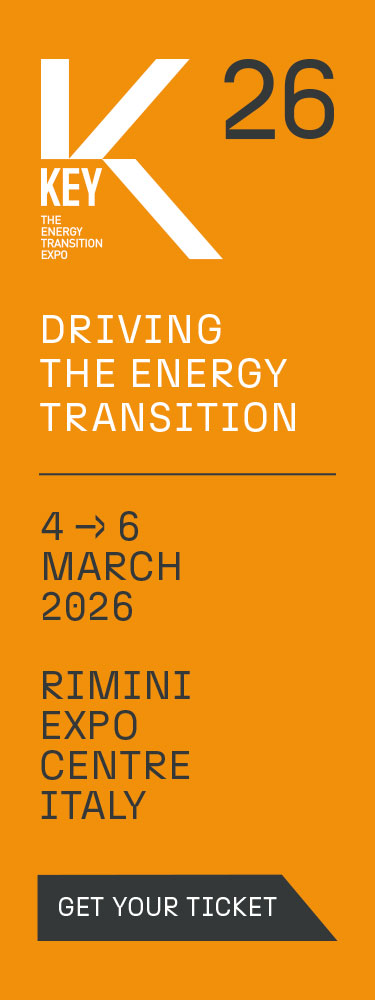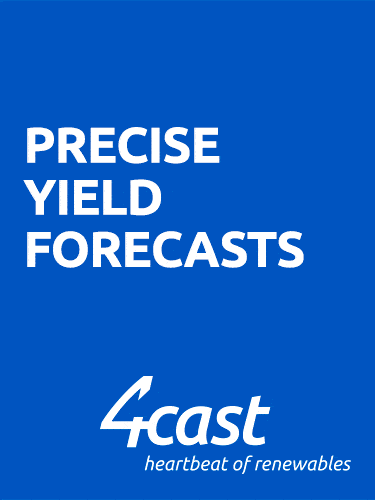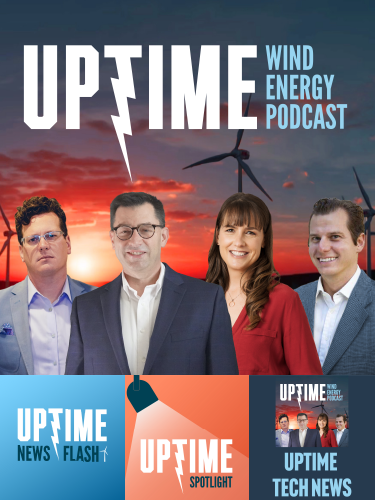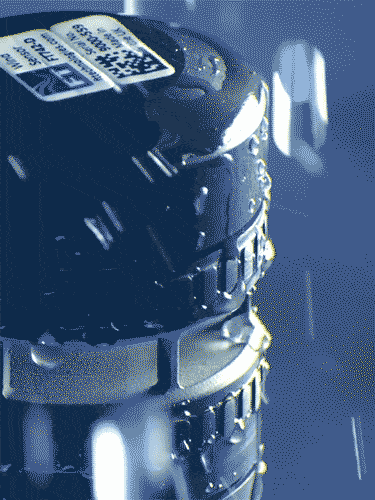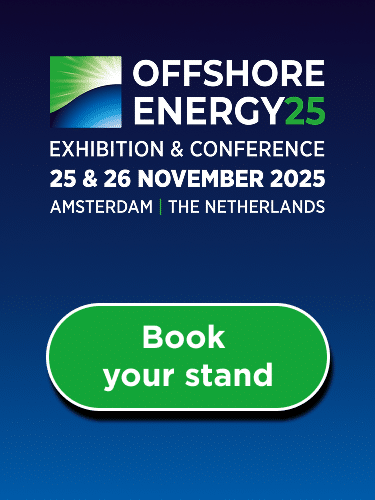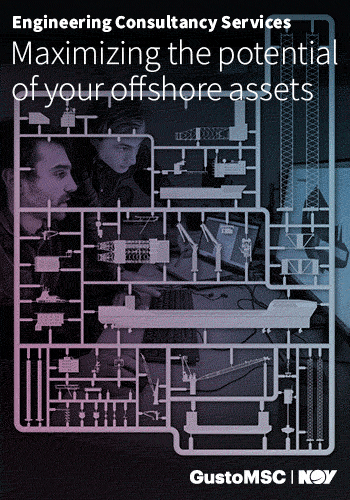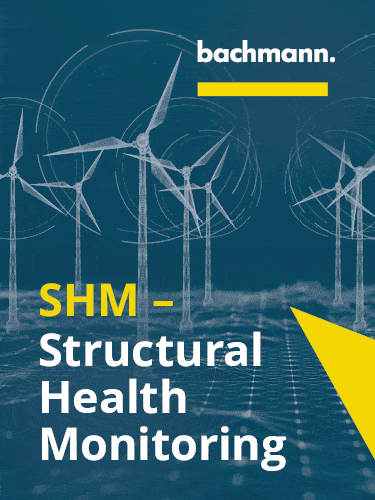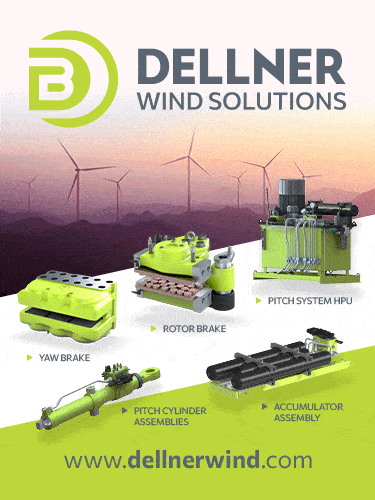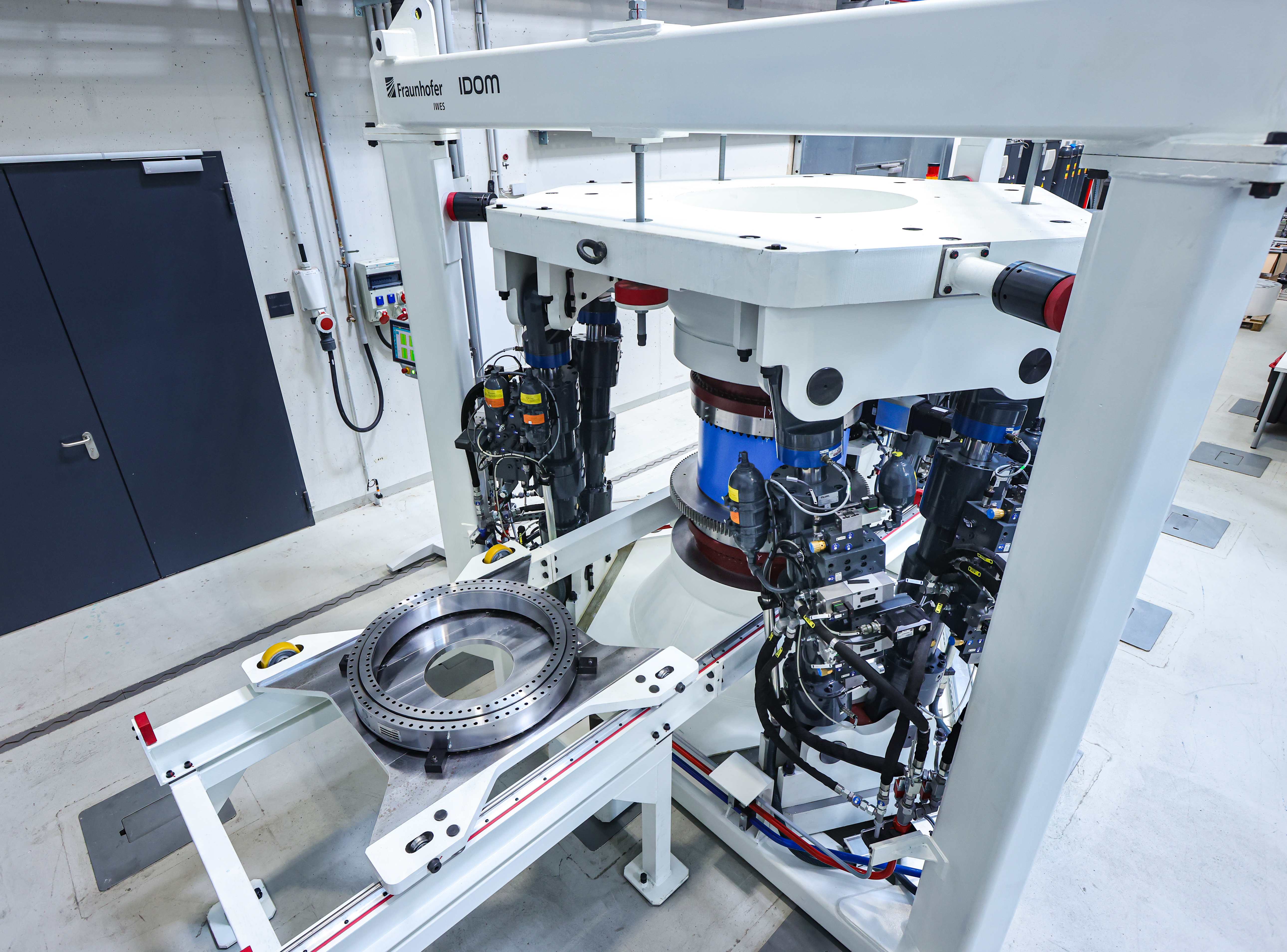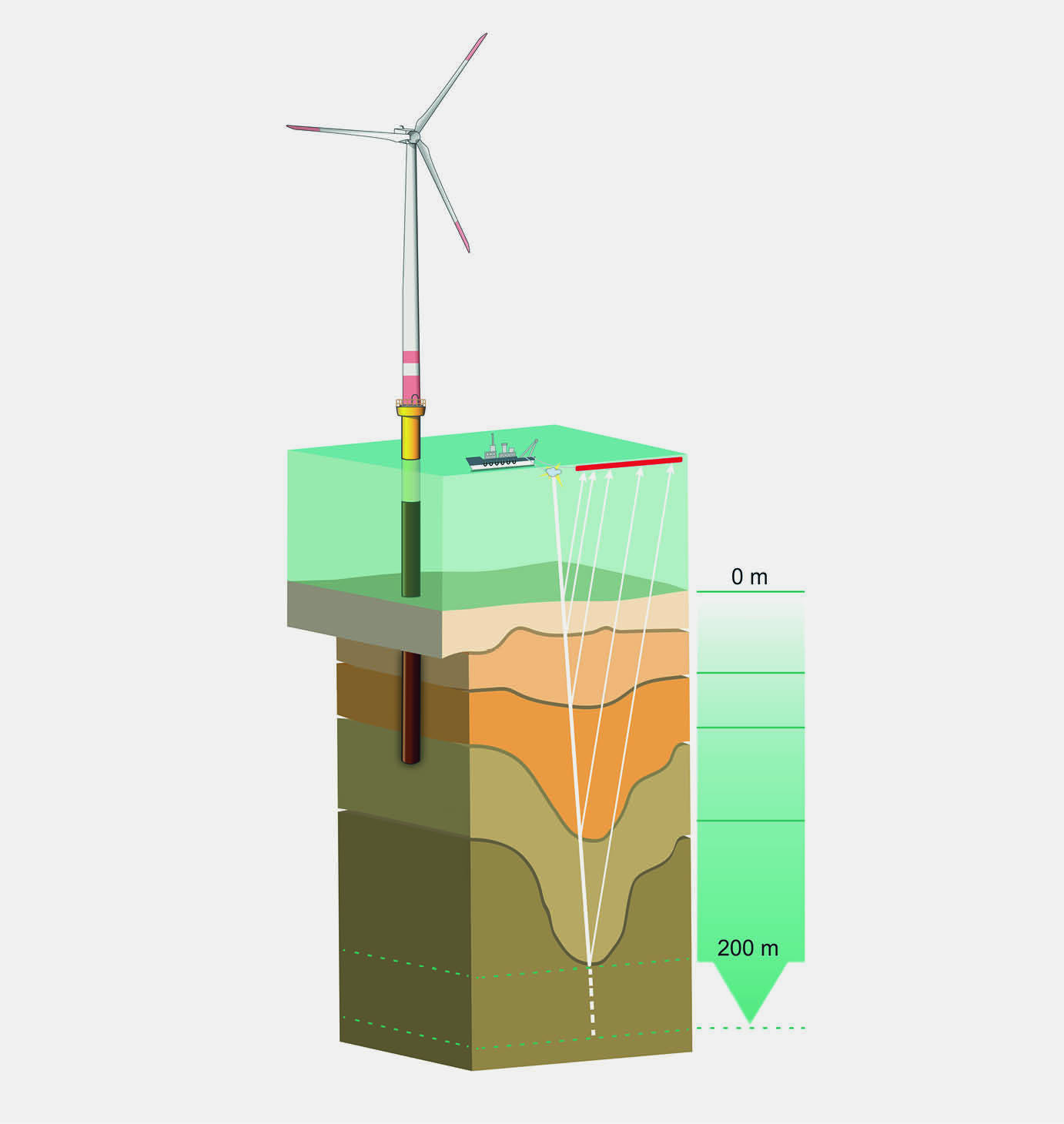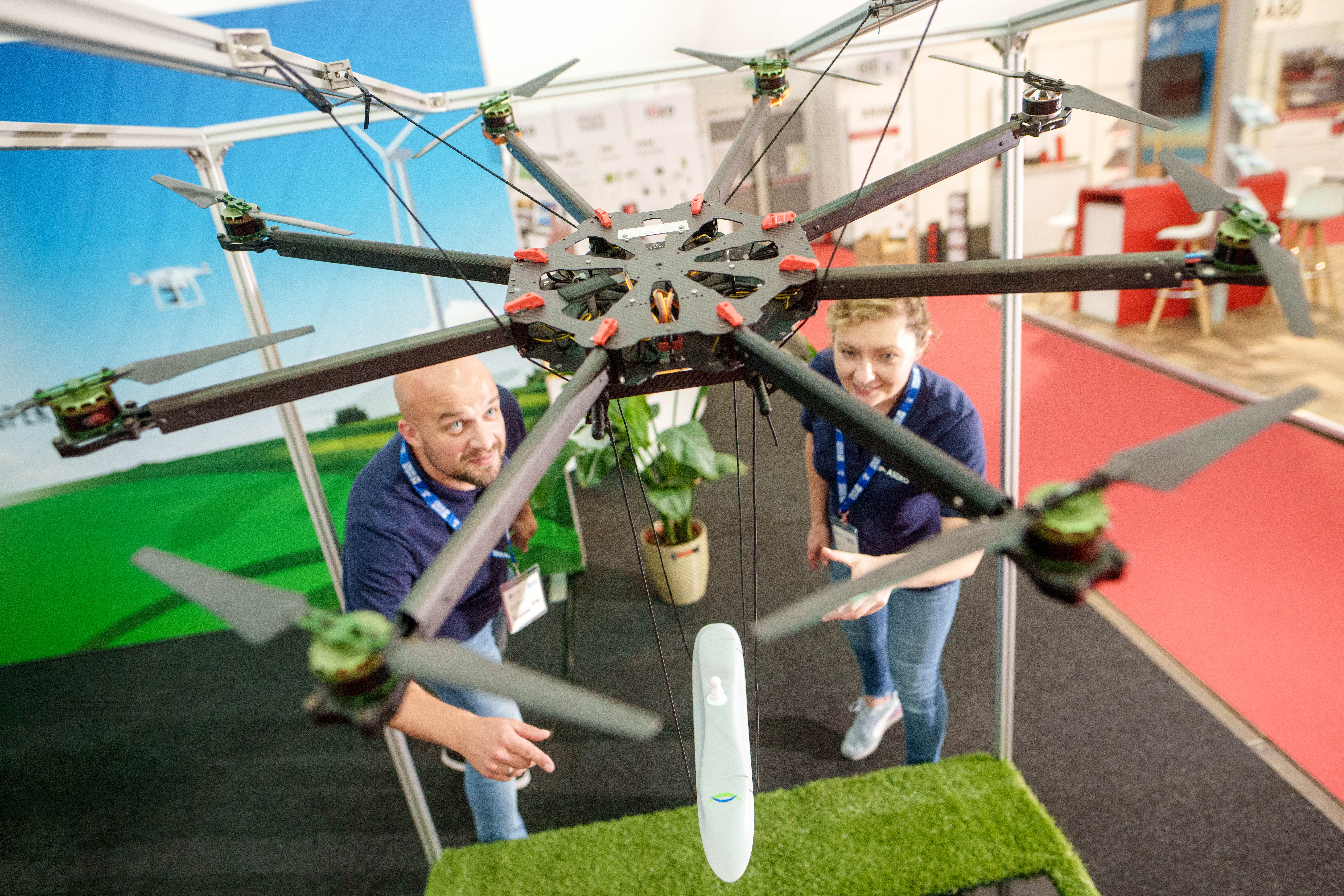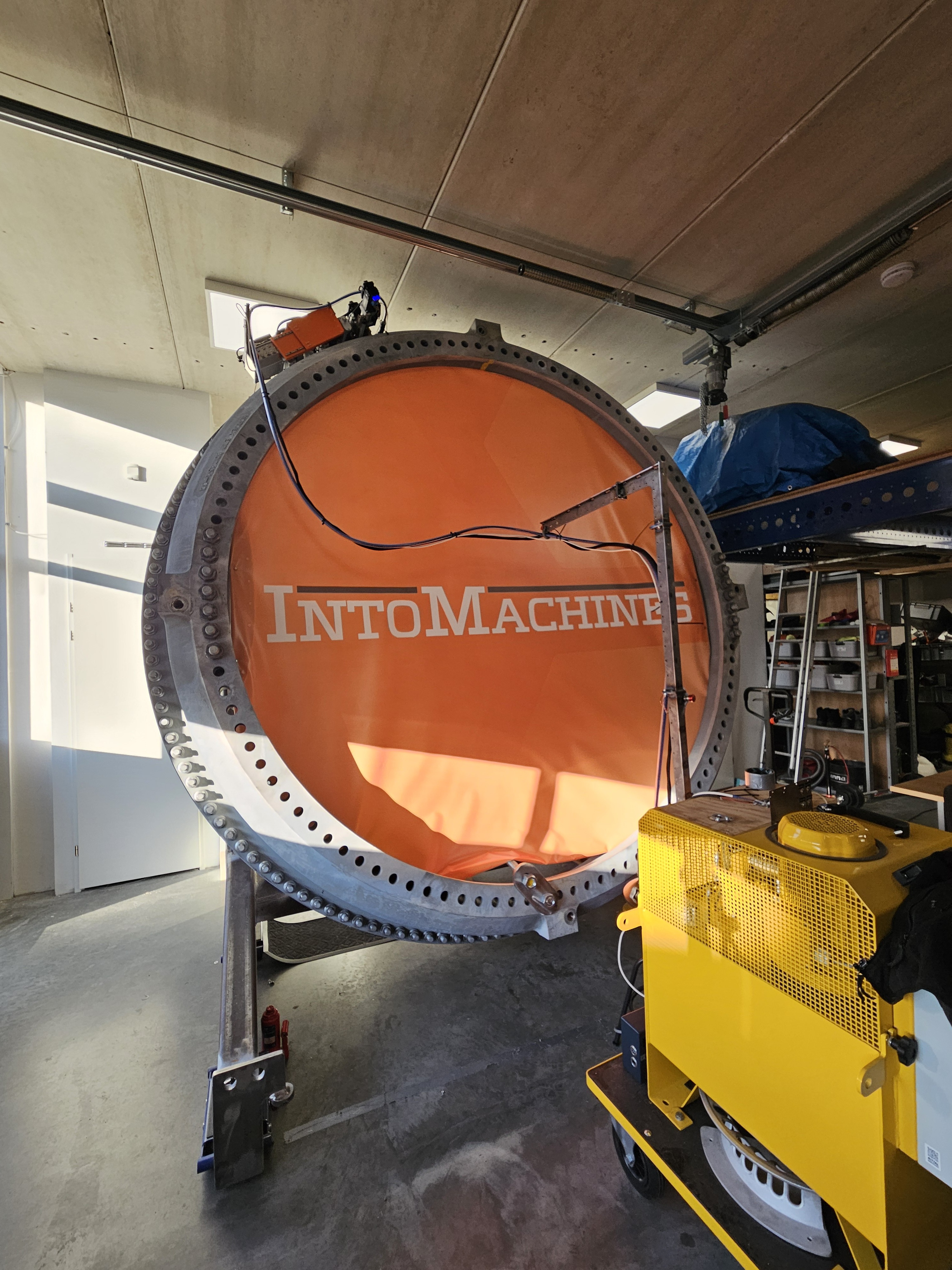Exclusive Articles
Two generations, one goal: to make floating wind finally work
Published in: Wind, Ask the Experts, Exclusive Articles
-300dpi.png)
When Gordon Jackson of Arup and Jelte Kymmell of ECO TLP / Mocean-Ocean B.V. joined forces, they set out to bridge four decades of offshore experience with the urgent need to industrialise deep-water wind. From concrete gravity bases to next-generation Tension Leg Platforms (TLPs), the pair are proving that the principles forged in oil & gas still hold the key to scaling renewables, if you keep it simple.
PES: Between you, Gordon and Jelte, there is more than 60 years of offshore engineering experience, from the formative years of the North Sea to the dawn of floating offshore wind. Your collaboration on the ECO TLP and ECO GBS platforms was born from a shared conviction that the next frontier of renewables must be smarter, simpler and buildable at scale.
By combining Arup’s deep legacy in concrete gravity and TLP design with ECO TLP’s drive for digitalisation, modular fabrication and local content, you are crafting solutions that bring oil and gas reliability to the renewable era. What first attracted each of you to offshore engineering, and what made offshore structure innovation so compelling?
Gordon Jackson: I had a childhood interest in meteorology and used to construct my own synoptic charts using data from the Shipping Forecast, long before these would be routinely shown in television weather forecasts. That sparked my interest in wind and waves, and it was the immense power of the waves and a desire to devise structures that could withstand them that ignited my interest in offshore engineering.
The early 1980s were also a time of significant development of oil & gas in the North Sea, and there was recognition that the harsh conditions required novel solutions to allow the fields to be economically developed, making this an exciting sector to work in.

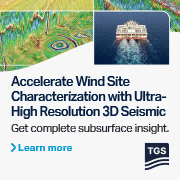
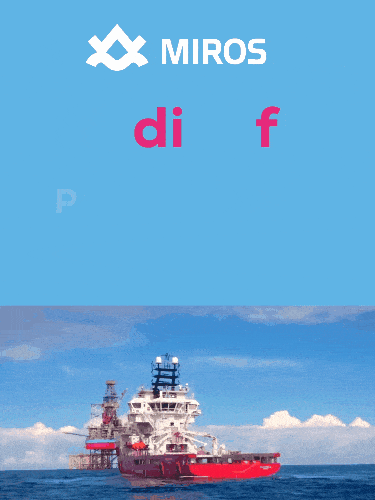
.gif)
